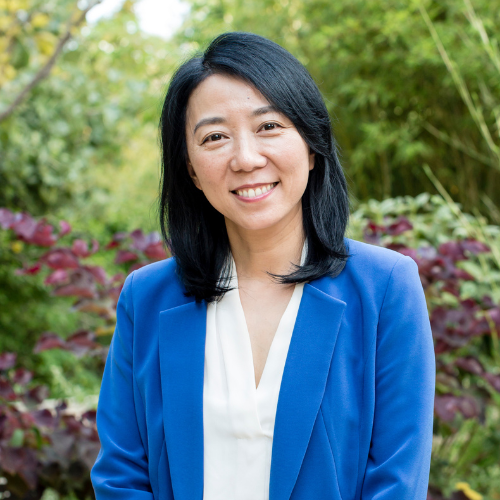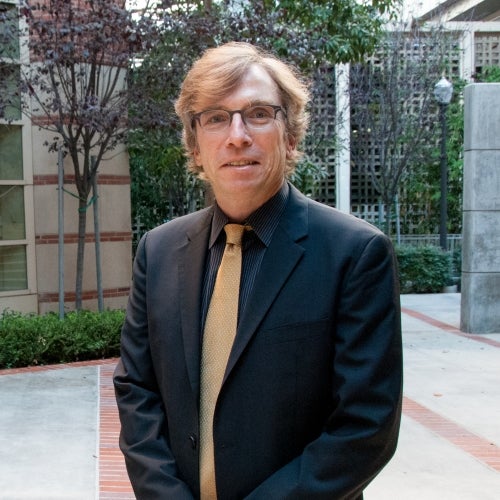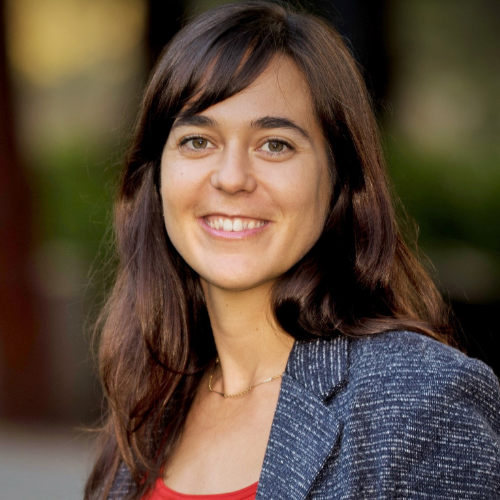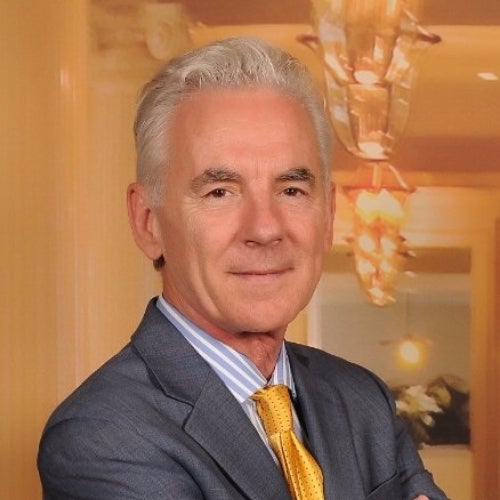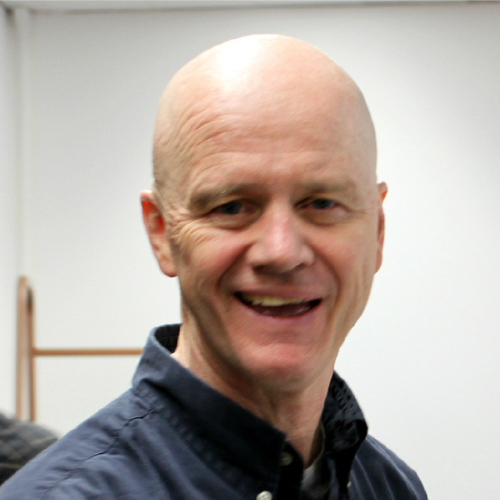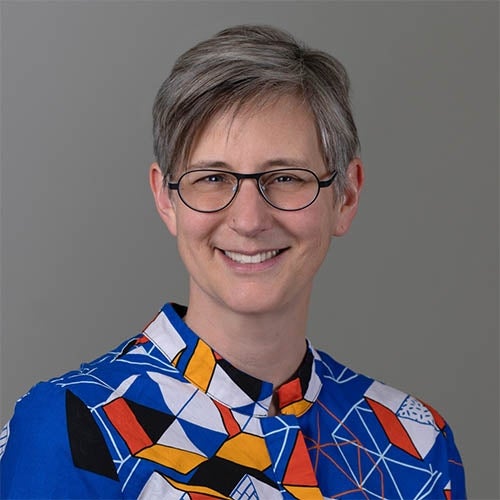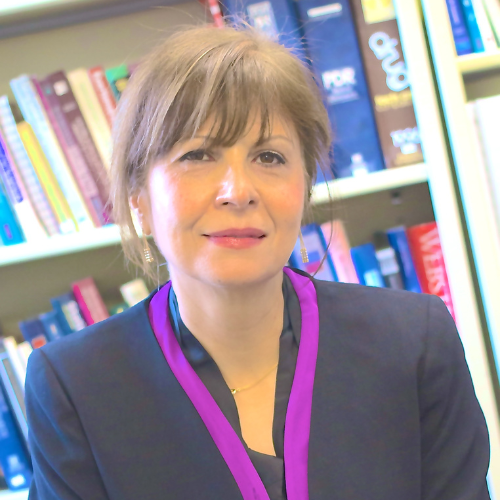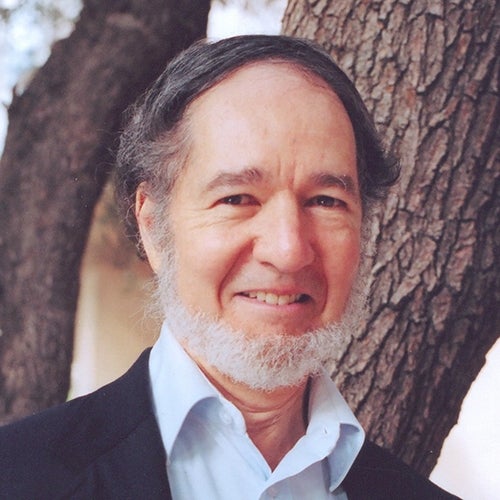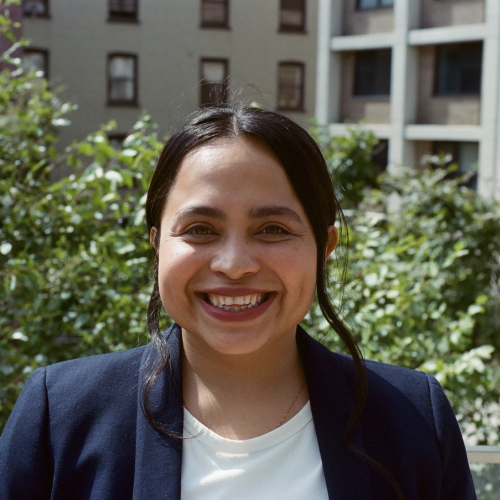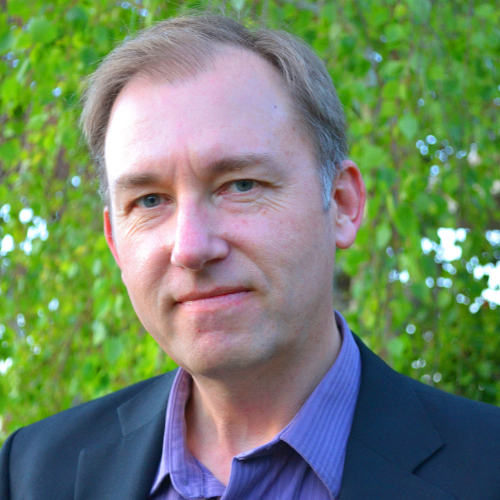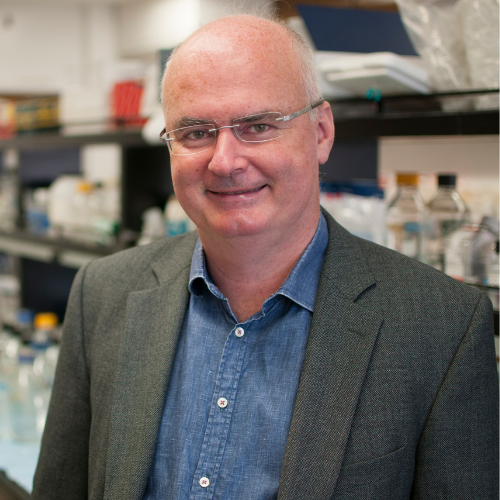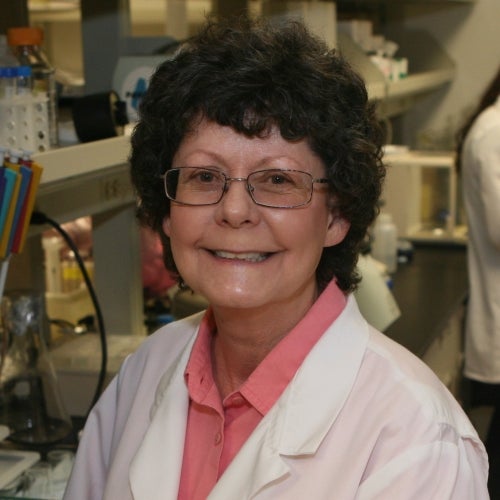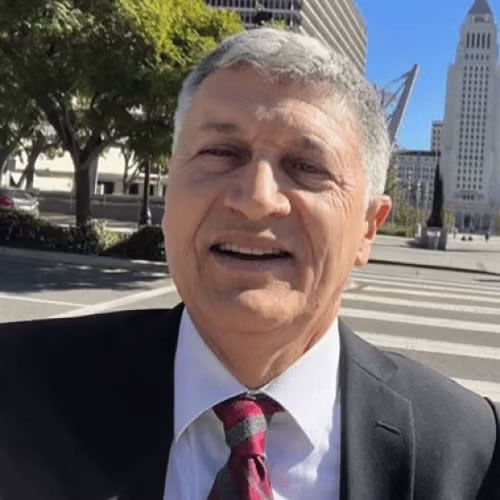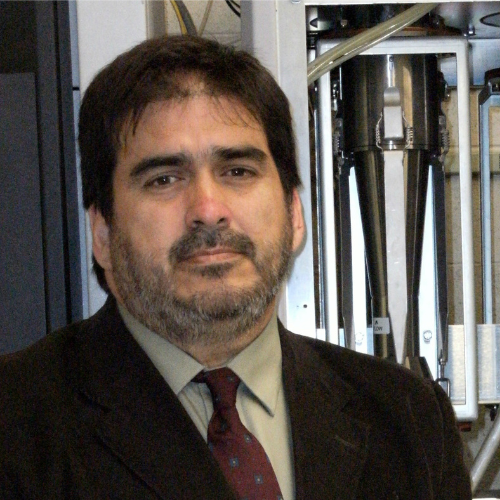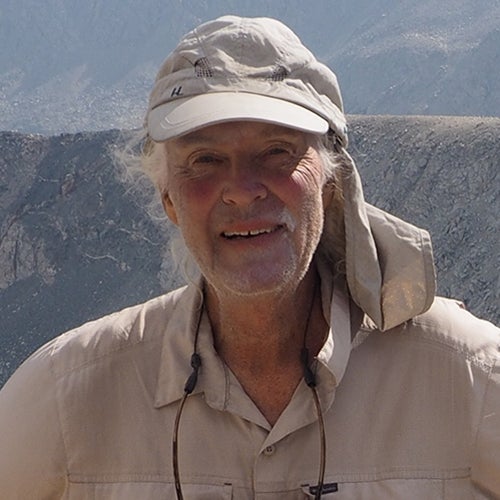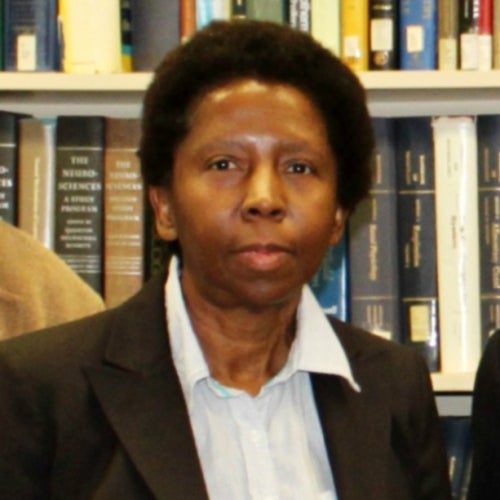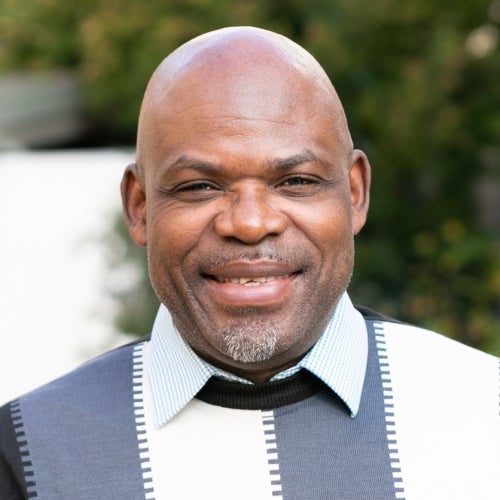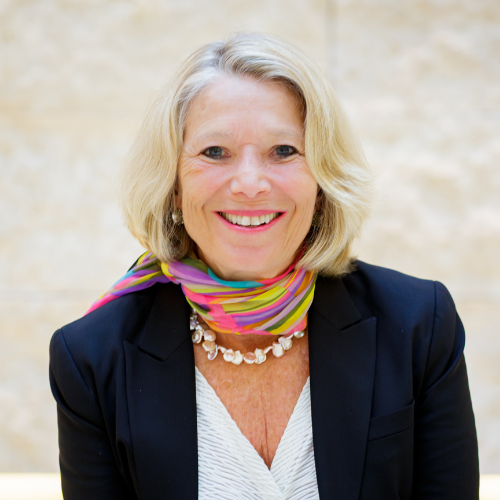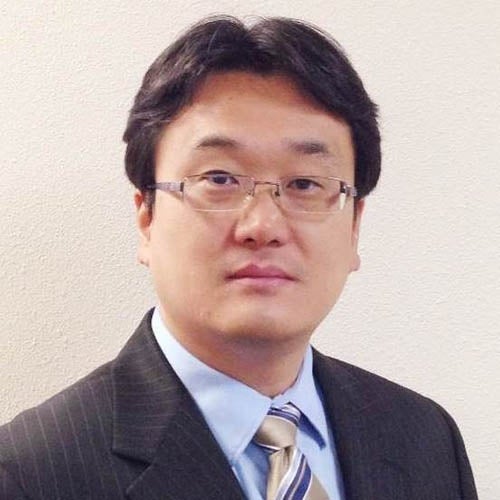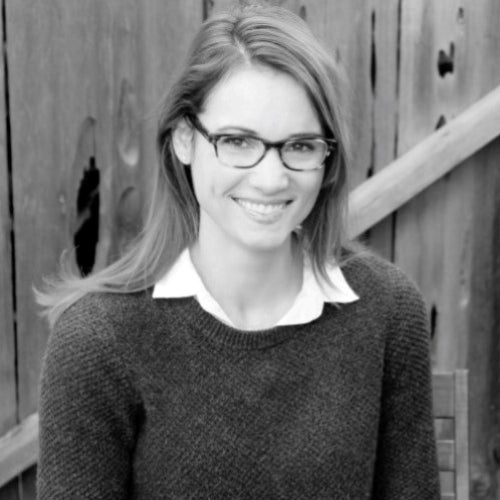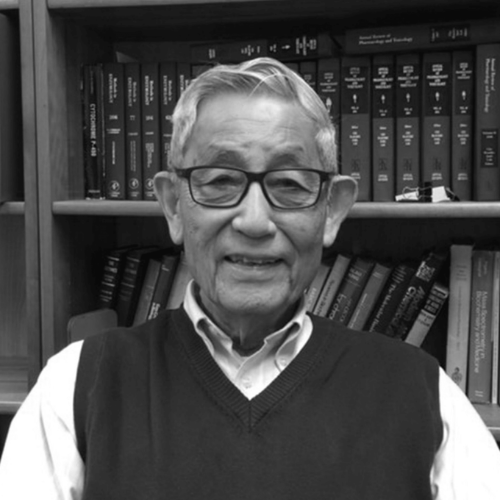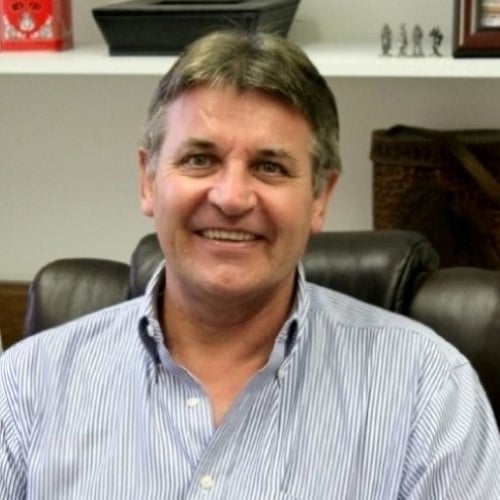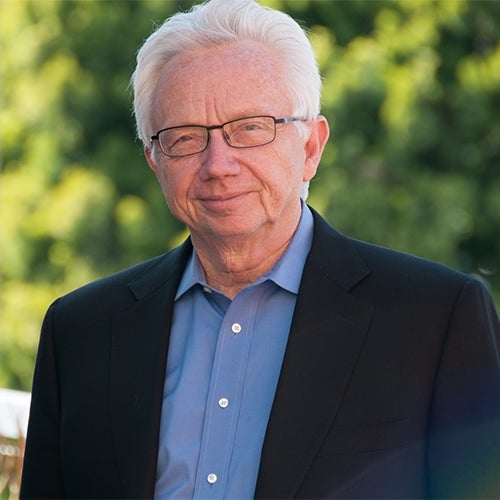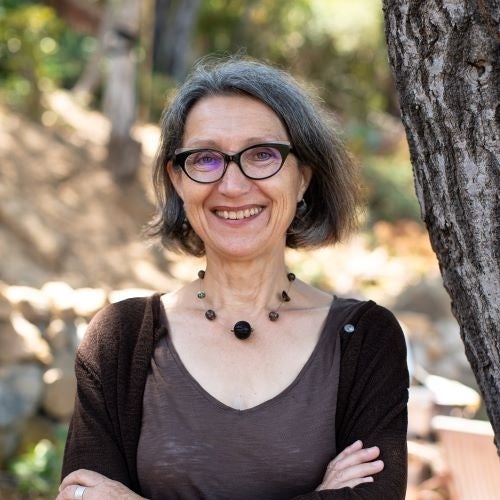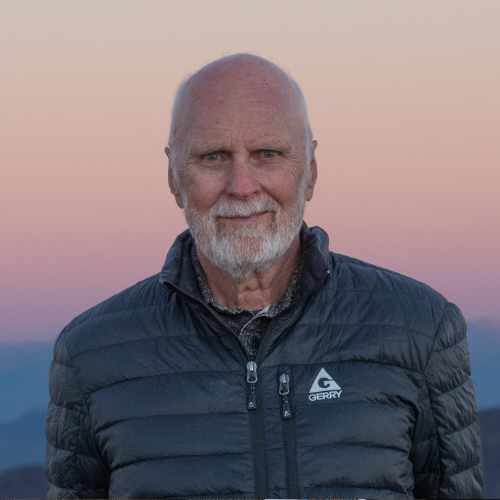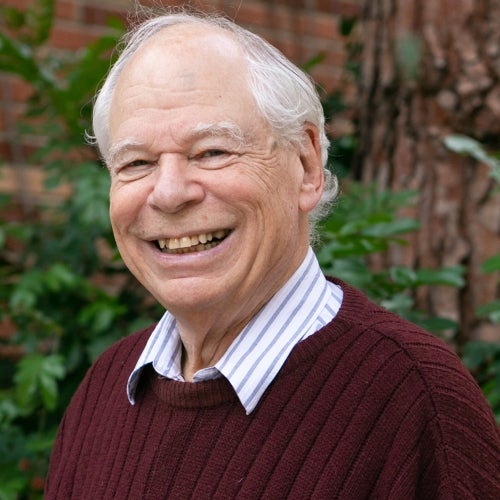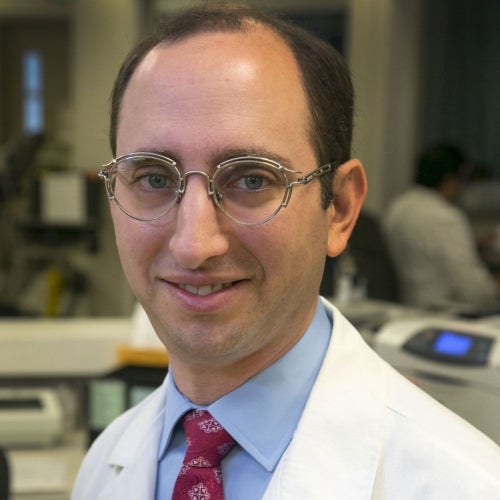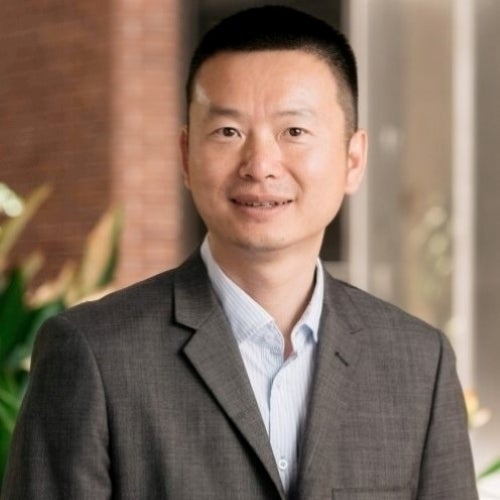The first COVID-19 lockdowns improved air quality. Where are we a year later?
Dr. Yifang Zhu was interviewed about the state of air quality in southern California and its relationship to the pandemic.
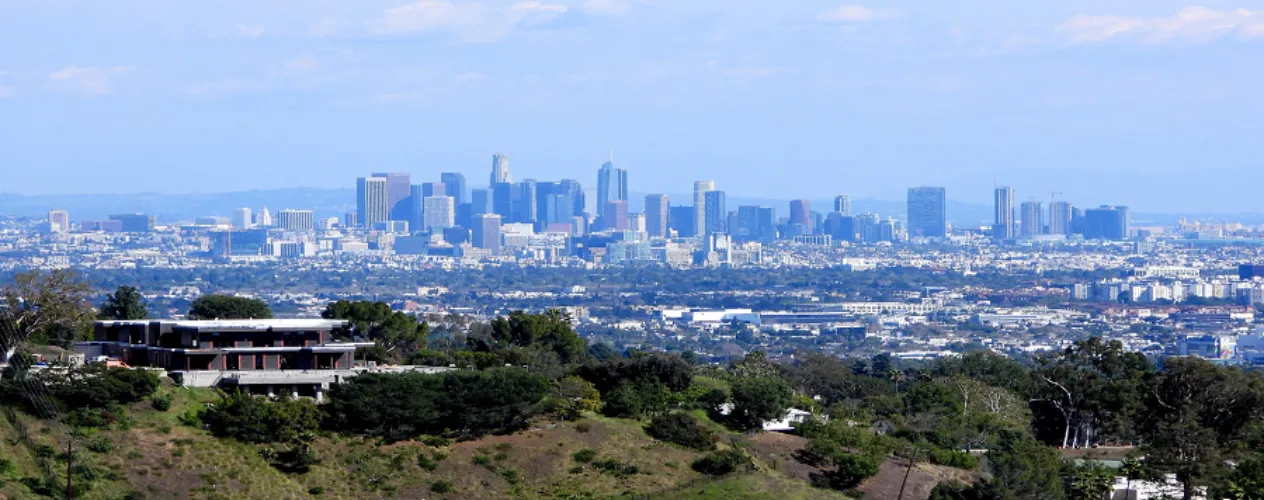
One of the few uplifting developments in the early weeks of the COVID-19 pandemic was the remarkable boost in air quality around the world. As restrictions stilled cars, planes and boats, the change was so dramatic that a viral hoax claiming Italy’s newly pristine Venetian canals had attracted dolphins seemed no less plausible than a true story that Los Angeles, at least for a day, had the cleanest air in the world.
But it didn’t last. After a couple months, restrictions loosened or became untenable, and traffic rebounded. In Los Angeles, record-high summer heat waves converted pollutants into smog-forming ozone. Apocalyptic wildfires darkened the skies. The smog returned.
Did the clean air mean anything? Was it evidence that collective action could clean the air faster than many thought possible, or just a fluke of the weather, or proof that even radical steps couldn’t fight climate change? The answer, UCLA air quality researchers say, isn’t precisely any of these but includes elements of all three.
The Southland’s tailpipe triumph
A December 2020 study led by Dr. Yifang Zhu, UCLA Fielding School of Public Health professor of environmental health sciences and senior associate dean for academic programs, found that while favorable spring weather helped, traffic reductions in Los Angeles last March and April were directly responsible for a roughly 30% decrease in nitrogen oxides, a common tailpipe emission. Once the lull in traffic ended, however, the pollutants returned.
“The good air quality can’t last if traffic-emission reductions don’t last,” said Zhu, a professor of environmental health sciences and senior associate dean for academic programs at UCLA’s Fielding School of Public Health. “What our paper shows is that if we can find a sustainable, equitable way for people to drive less and telework more, there are significant air quality benefits from it.”
The study - whose co-authors include Dr. Michael Jerrett, UCLA Fielding School of Public Health professor of environmental health sciences and co-director of the Fielding School's UCLA Center for Healthy Climate Solutions- created traffic models based on transportation data from 2017 to 2020, allowing the researchers to pinpoint which improvements were caused by an absence of vehicles and which were caused by weather, such as the abundance of spring showers last March and April. As any Angeleno knows, rain is the quickest way to clear the air. The team also included Jonathan Liu and Jonah Lipsitt, both PhD students in Environmental Health Sciences.
“Lots of people asked me at the time about the clean air, and I said it’s great, but there’s also a meteorology component,” Zhu said. “When we fed meteorology into the model and controlled for its impacts, we still saw a good amount of reductions, so the traffic decrease turned into real air quality benefits.”
Oh no, here comes the ozone
After pollutants from traffic briefly declined, ozone increased, including a massive spike in April, said UCLA professor Suzanne Paulson, citing figures from the South Coast Air Quality Management District. Ozone, which serves as a barrier against the sun’s ultraviolet radiation in the stratosphere but also contributes to smog at ground level, can be increased by tailpipe emissions, but it’s not a one-to-one equation — traffic isn’t the only contributor.
“We had an absolutely terrible ozone year last year, the worst by far in many years,” said Paulson, an air quality researcher with UCLA’s department of atmospheric and oceanic sciences. “There was a super-high spike in April and far more spikes than usual for the rest of 2020.”
According to NASA, 2020 tied with 2016 for Earth’s hottest year on record, and that heat, along with multiple record-breaking highs in Los Angeles County, sped along the chemical reactions that create ozone, Paulson explained. While decreases in traffic briefly reduced nitrogen oxides, a key ingredient in making ozone, another ingredient may have risen — volatile organic compounds. Some scientists theorize that the near-mania COVID-19 caused for VOC-emitting hand sanitizers and other cleaning solutions may have been significant enough to increase ozone, Paulson said.
Meanwhile, the short-term decline in driving couldn’t make more than a short-term dent in pollution, she added.
“The particle pollution was much better in March and April, and there was an improvement in pollution from the decrease in driving, but it wasn’t as large as you would expect because the vehicle fleet is already relatively clean,” Paulson said, noting that cars are about 400 times cleaner than they were 50 years ago, before emission controls began. “It’s a testament to the incredible success of programs cleaning up vehicles, because we would have seen much bigger improvements if our vehicle fleet was dirtier.”
The brief air quality gains last spring couldn’t overpower the return to driving, the heat waves caused by climate change or the wildfires. But they did offer a glimpse of a Los Angeles with far cleaner air, Paulson and Zhu said — and a reminder that less driving does make a difference.
“We shouldn’t need a pandemic to clean the air,” Zhu said. “The pandemic and lockdowns allowed us to see what can be done and what changes we can expect. But there are more sustainable, equitable ways that we should think about to make sure our air and our energy sources are clean.”
By Alison Hewitt
The UCLA Fielding School of Public Health, founded in 1961, is dedicated to enhancing the public's health by conducting innovative research, training future leaders and health professionals from diverse backgrounds, translating research into policy and practice, and serving our local communities and the communities of the nation and the world. The school has 631 students from 26 nations engaged in carrying out the vision of building healthy futures in greater Los Angeles, California, the nation and the world.
Faculty Referenced by this Article
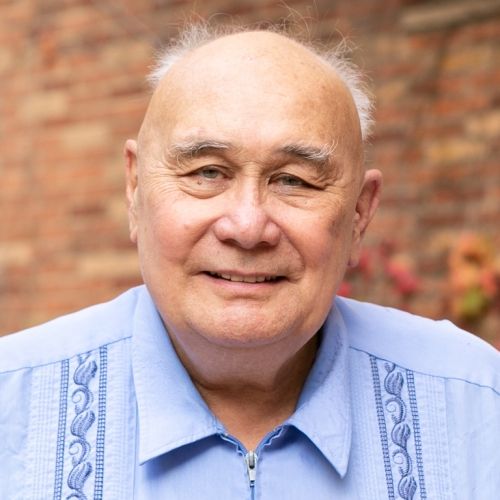
Industrial Hygiene & Analytical Chemistry
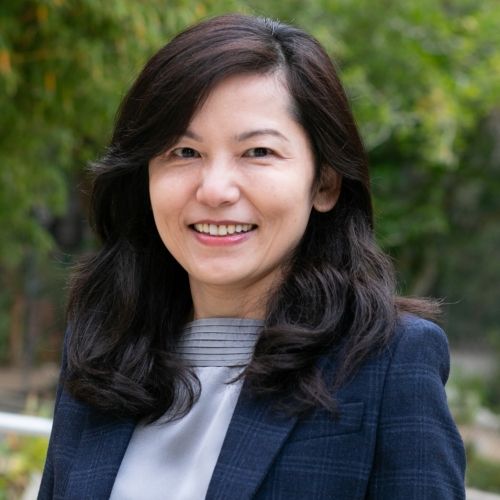
Associate Professor for Industrial Hygiene and Environmental Health Sciences
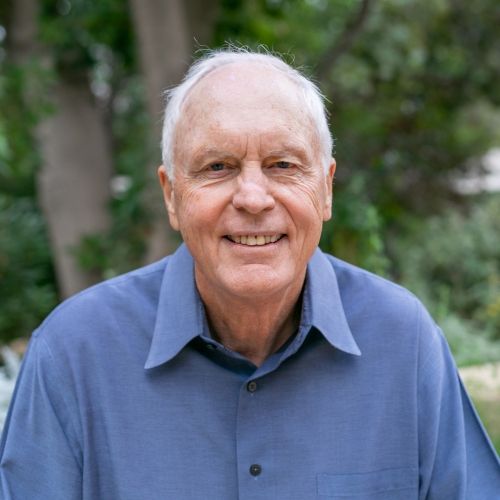
Dr. Hankinson is a Distinguished Professor of Pathology and Laboratory Medicine, and of EHS, and Chair of the Molecular Toxicology IDP
